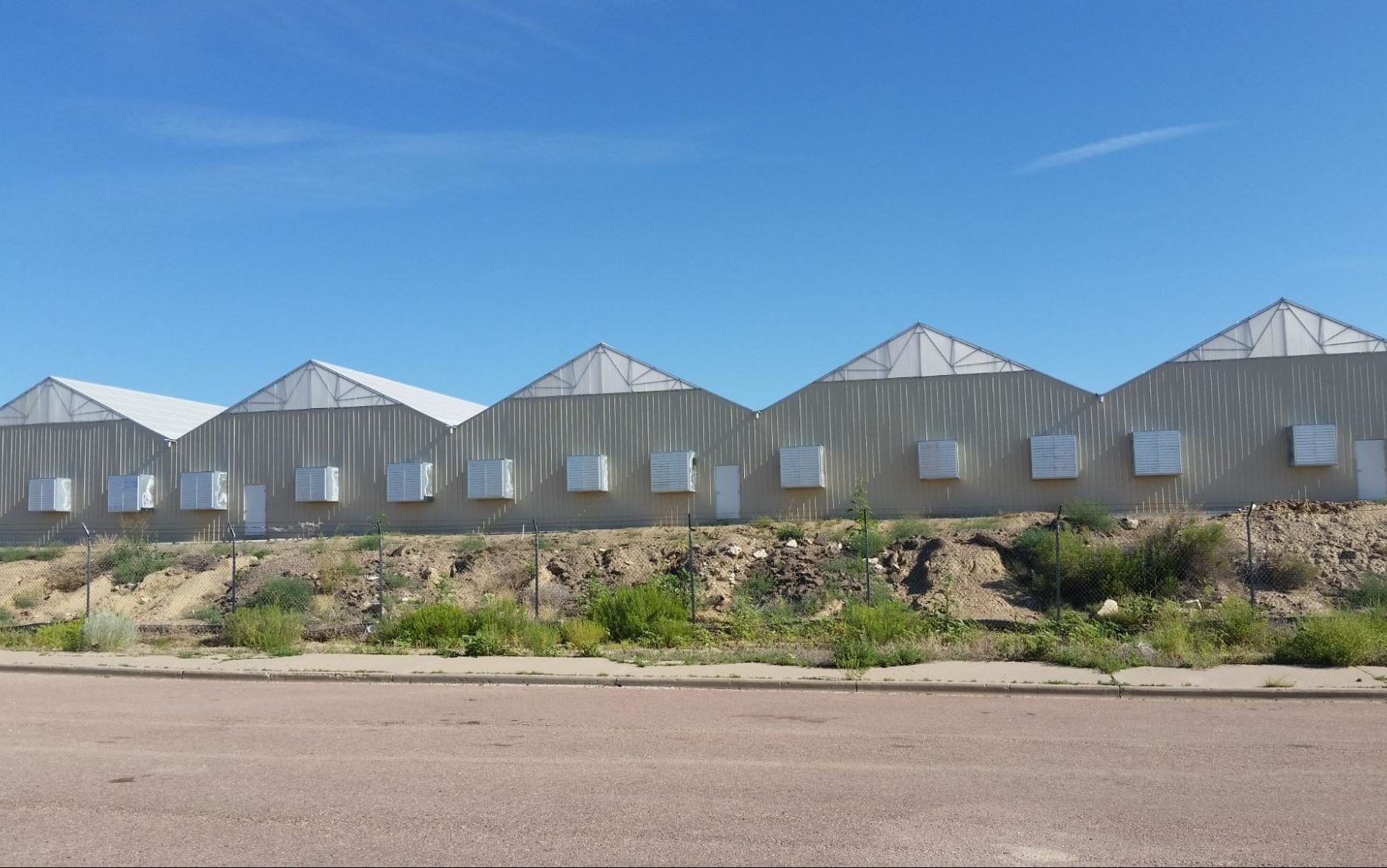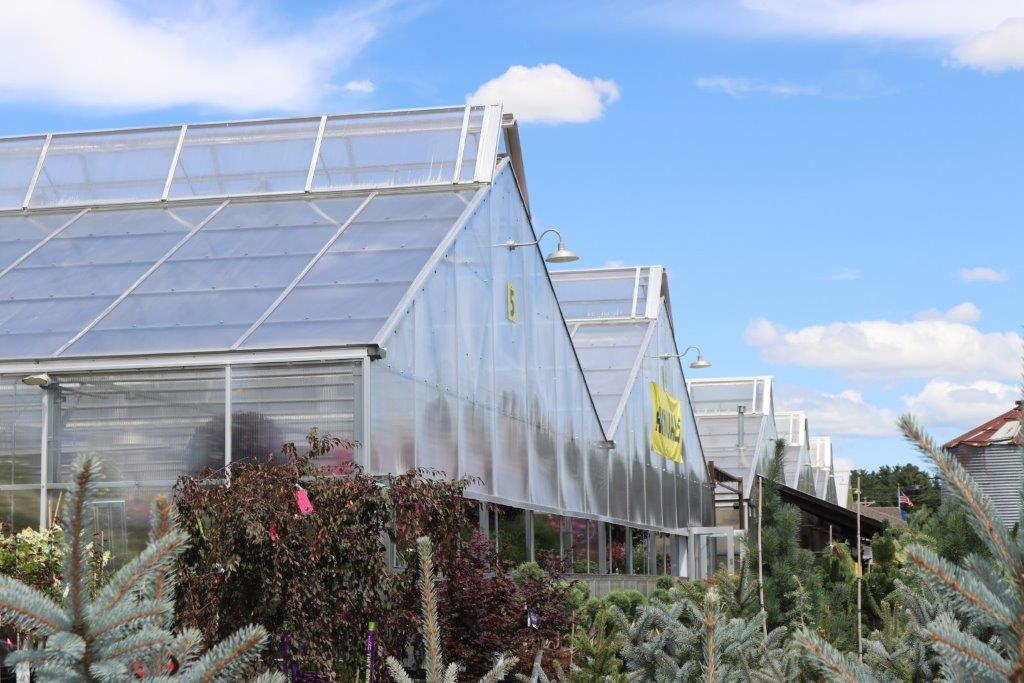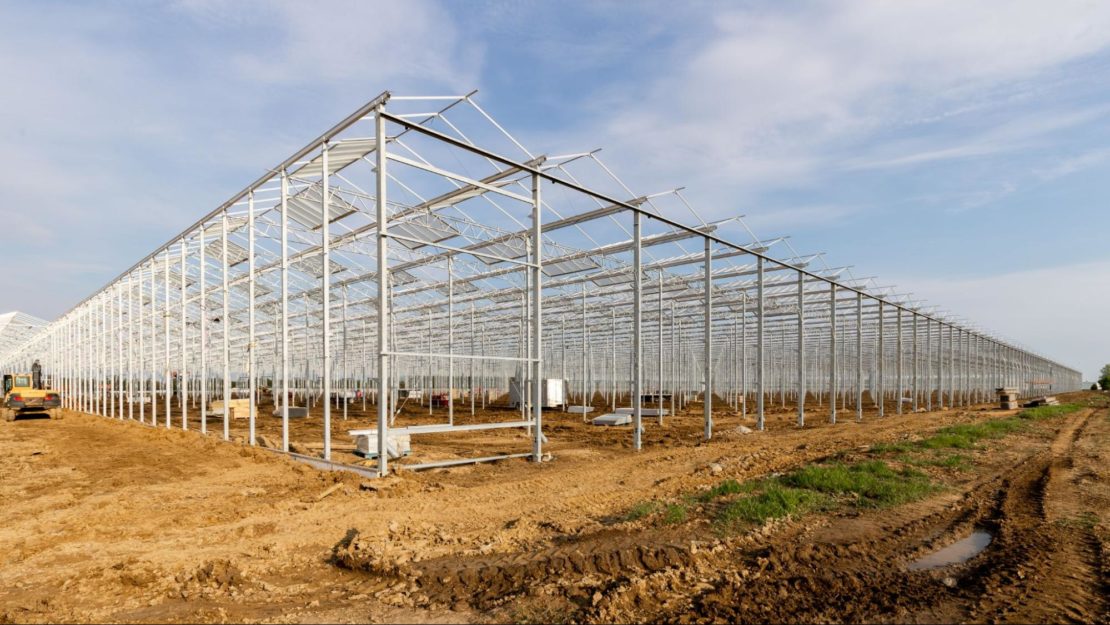Choosing the right greenhouse structure for your operations is critical to becoming a successful grower. Greenhouse projects can vary in size, design, materials, and environmental controls. Some crops, for example, are better suited to a greenhouse that allows for more natural light, while others may need a curved roof or extensive covering material for maximum protection.


At Prospiant, we are committed to helping our clients find the best greenhouse structure for their operations. We can help with your facility’s design, engineering, and building. Count on our team to give you the support you need to help your commercial growing operations soar.
6 Common Greenhouse Structures
If you want to learn more about the types of greenhouse structures, here are six popular styles.
- High Tunnel – High tunnel greenhouses are often taller and have higher ground posts when compared to a traditional greenhouse. This design was originally developed to allow tractors and large machinery to move into and out of the greenhouse easily. However, the high tunnel design has additional benefits that some growers prefer. This structure has only a single layer of covering, which allows growers to combine indoor and outdoor farming throughout the season. When the local climate permits, growers can simply remove the polyethylene film covering and give their plants the benefits of outdoor farming.
- Low Tunnel – A low tunnel greenhouse is ideal for smaller growing or commercial operations requiring a special area for specific vegetables. This design features a row of tunnels that are low to the ground and help warm the soil to create a microclimate for growing plants. Even when the outdoor conditions are cooler, these raised beds can help keep the Earth warm enough, so plants grow and thrive.
- Hoop House – The hoop greenhouse design mimics the high-tunnel design on a smaller scale. This structure uses curved purlins with a poly covering on top and doesn’t require a durable foundation or extensive environmental controls. Ideally, the hoop house would be used as a special covered area to protect crops against frosts and cold conditions instead of being a full-scale indoor growing facility. Then, when the weather is right, growers can remove the covering and practice outdoor growing.
- Traditional Greenhouse – A traditional greenhouse can be built from different materials, but essentially this is an inflated or framed structure with a covered material to protect plants. The traditional plastic or glass greenhouse allows growers to control the environment to help yield the highest growth rates possible. When done on a smaller scale, some compare this style to a freestanding greenhouse.
- Commercial Greenhouse – Like the traditional greenhouse, commercial greenhouse structures can be made using different materials. This greenhouse is built to grow plants and sell crops commercially, whether these are vegetables, cannabis, or another type of plant. Often, commercial greenhouses employ advanced technology to help maintain a controlled environment indoors.
- Ridge and Furrow – A ridge and furrow greenhouse is made up of several evenly spaced greenhouses that are connected. These individual structures can be designed with walls that can be removed to open up more growing space. The ridge and furrow is a popular type of greenhouse often used in commercial production. The structure can allow growers to create a massive controlled environment to yield maximum growth.

What Type of Greenhouse is Suitable for What Location?
The right greenhouse depends on your local climate and the size of your operations. For example, if you’re in an area with high winds, you’ll need to consider how this affects your plant growth. Then, you’ll need to find a structure that’s up to the task.
Here are some key considerations to make when looking for the best greenhouse type:
- Sunlight Intensity – Once you know where you want your greenhouse to be built, examine the amount of sunlight the space gets. If the light is somewhat limited, you’ll need a structure to maximize this resource. You may also need a structure that can be easily equipped with LED lights and other fixtures to help your plants thrive. If you’re in a primarily sunny area, you may opt for a greenhouse with extra coverings that can help protect your crops on sunny or hot days.

- Land Size – Know the dimensions of your space so you can find a greenhouse that will comfortably fit. For commercial growers looking for an attached greenhouse, you’ll need to take measurements and ensure your new addition has plenty of space for the construction. If your land slopes, consider this when deciding what facility to build.
- Local Weather – Perhaps one of the most important considerations is the local climate where you grow. The environment affects your plants and determines what features you’ll need in your greenhouse. If you live in a region with a cold season, you’ll want a facility that you can equip with a heating system to protect your plants. The same goes for other natural weather conditions like wind, dry spells, and excessive rain. Consider how your local climate will change year-round, and look for a greenhouse that can withstand these conditions while protecting the plants inside.
- Ground Stability – Depending on the greenhouse structure you choose, you may need a building plot that’s extra stable. You’ll likely need to lay concrete down for commercial operations, so your greenhouse doesn’t shift. This may require you to talk to local officials about land laws and ensure you can adjust and manipulate the ground so it’s sturdy. If your greenhouse doesn’t sit on a reliable foundation, you could face future problems.

FAQs
What is the best shape for a greenhouse?
No single shape can be considered the “best” for a greenhouse. The right shape depends on the size of your operations, local climate, crops, and land foundation. The best greenhouse shape is one that supports your plants and helps them yield the highest growth possible.
What do you use to cover a greenhouse?
You can use different quality materials to cover your greenhouse. One of the most common types is polycarbonate plastic film, which is a transparent thermoplastic. This covering is known to last for years and provides necessary protection to plants growing inside greenhouse facilities.